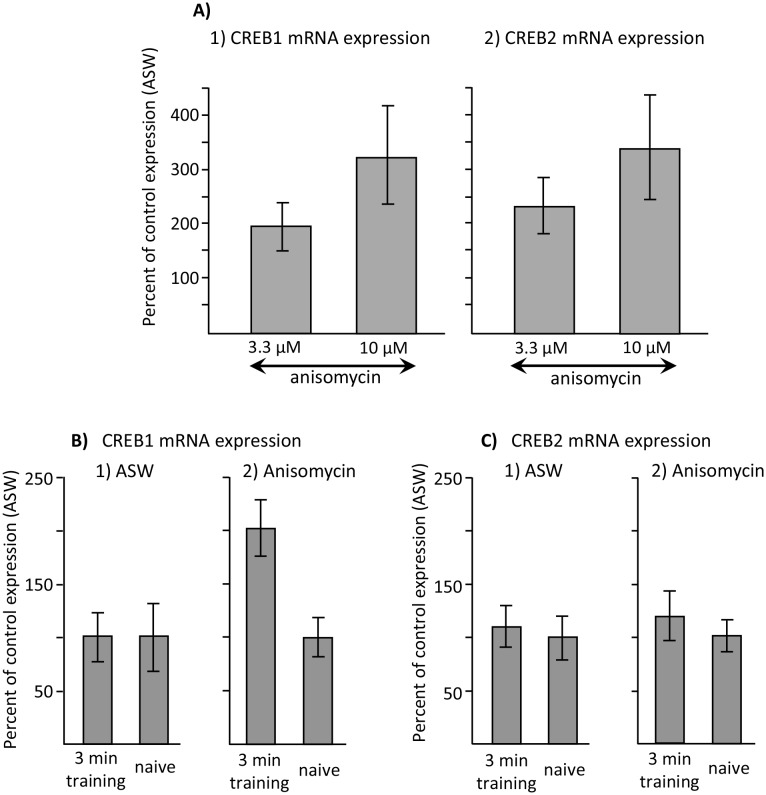Figure 9. Increased CREB1 expression after training is a correlate of memory.
Data are from the buccal ganglia of A. californica. (A) Increases in CREB1 or CREB2 by anisomycin treatment alone cannot account for memory formation. A preliminary analysis examined whether either CREB1 or CREB2 expression is increased by either 3.3 or 10 µM anisomycin 2 hr after treatment, with respect to expression 2 hr after injection with ASW (not shown). A one-way analyses of variance showed no significant differences in CREB1 expression between ASW (N = 6), 10 µM (N = 8) and 3.3 µM (N = 6) anisomycin (p=0.09, F(2,17) = 2.77) or of CREB2 expression between these three treatments (ASW: N = 6; 10 µM anisomycin: N = 7; and 3.3 µM: N = 5) anisomycin) (p=0.07, F(2,15) = 3.10) 2 hr after the treatments. In addition, there were no significant differences between expression after treatment with 3.3 and 10 µM anisomycin (For CREB1: p=0.29, t = 1.1, df = 12; for CREB2, p=0.42, t = 0.84, df = 10). (B) CREB1, but not CREB2, is a correlate of memory formation. (1) There was a significant increase (p=0.006, t = 3.24, df = 14) in CREB1 expression 2 hr after a 3 min training with 10 µM anisomycin during the inactive phase(N = 8), with respect to naïve animals treated with anisomycin (N = 8). However, there was no significant increase in expression in animals treated with ASW (p=0.97, t = 0.03, df = 15. N = 8 for the trained group, N = 9 for the naïve group). (2) CREB2 expression was unaffected by training after either treatment (For animals treated with ASW: p=0.71, t = 0.37, df = 15, N = 8 trained animals and 9 untrained animals; for animals treated with 10 µM anisomycin: p=0.50, t = 0.69, df = 12, N = 7 trained and 7 untrained animals). Titles and brief legends for the source data files.
DOI: http://dx.doi.org/10.7554/eLife.17769.019

